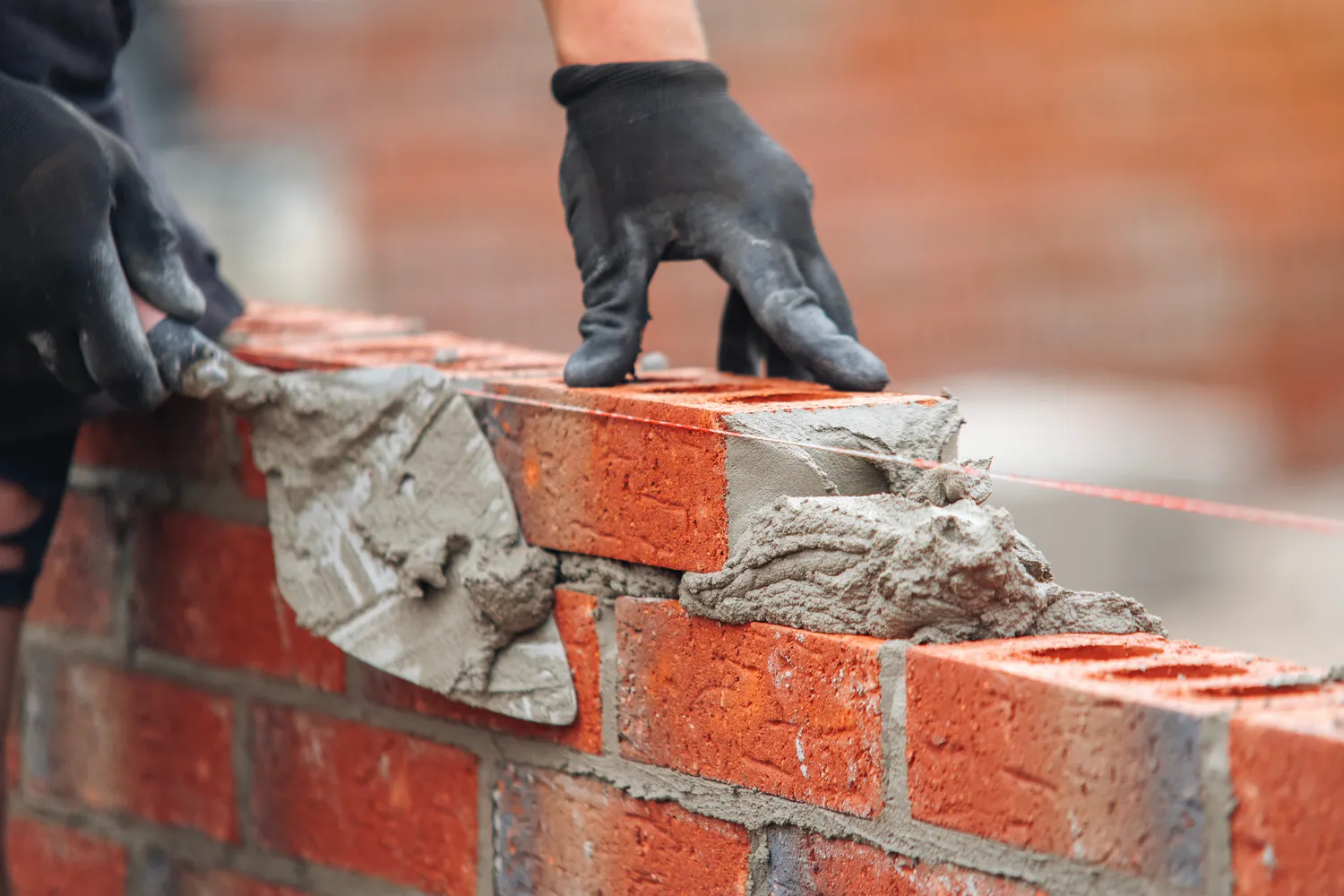If you’ve ever admired the beauty and strength of a brick or stone building, you’ve likely seen masonry at work. But exactly what is masonry construction? It’s a traditional building method that involves the use of individual units such as bricks, stones, or concrete blocks, bound together by mortar. This time-tested technique is known for its durability, fire resistance, and aesthetic appeal.
1. Definition and Core Materials
To answer what is masonry construction, it’s essential to understand its basic components. Masonry involves stacking and bonding building units with mortar. Common materials include brick, natural stone, concrete block, and even glass blocks. The choice of material depends on the structure’s purpose, budget, and design preferences. Each of these materials offers distinct visual and structural characteristics, making it easy to customize the look of any project. In both residential and commercial construction, material selection plays a vital role in long-term performance and maintenance.
2. Types of Masonry Construction
When discussing what is masonry construction, there are two major types: load-bearing and veneer. Load-bearing masonry supports the weight of the structure above it, while veneer masonry serves primarily a decorative purpose over a framed structure. Both types offer strength and weather protection, though their applications differ. Load-bearing masonry is often found in older or traditionally built homes and adds substantial weight to the foundation. Veneer systems, on the other hand, allow for modern insulation techniques while still providing a classic masonry appearance.
3. Benefits of Masonry
Part of answering what is masonry construction is understanding why it’s so widely used. Masonry is known for its long life span, low maintenance, and resistance to fire, pests, and sound transmission. It also provides thermal mass, which helps maintain stable indoor temperatures and increases energy efficiency in buildings. In addition, masonry structures are less likely to suffer damage in extreme weather conditions. Their robust composition contributes to improved property value and long-term cost savings for homeowners.
4. Installation Process and Techniques
In terms of how it’s built, what is masonry construction includes several techniques. Proper laying, alignment, and spacing are key for structural integrity. Skilled masons follow specific methods to ensure stability and weather resistance, from mixing the right mortar consistency to correctly placing each unit for strength and appearance. Clean, level joints are essential for both function and aesthetics. A poorly executed masonry job may lead to cracks, leaks, or premature wear, so professional installation is always recommended.
5. Where Masonry Is Used
To fully grasp what is masonry construction, consider its wide range of applications. It is used in everything from homes and schools to commercial buildings and retaining walls. Masonry’s versatility makes it suitable for both structural and decorative purposes, contributing both to function and curb appeal. It can be used for fireplaces, patios, chimneys, fences, and entire building facades. Because of its adaptable nature, masonry remains relevant across a wide variety of architectural styles and regions.
Conclusion
So, what is masonry construction? It is a building method that combines strength, beauty, and practicality through the use of brick, stone, or block materials bonded with mortar. Whether for load-bearing purposes or aesthetic enhancement, masonry continues to be a trusted choice in residential and commercial construction around the world.
If you’re planning a masonry project or need expert guidance, consider working with experienced masonry contractors Chicago homeowners rely on for dependable craftsmanship and lasting results. Reach out today to start your next project with confidence.


